
DAVID RHINDS frontage is directly based on Playfairs original scheme for the Surgeons Hall, but the portico is entered directly, not through the flanking gateways and moreover the style is not Greek but the richest Graeco-Roman, with arched and keystoned upper windows and a Corinthian portico. The Pedimental Sculpture modelled by JAMES WYATT of London and carved by A. HANDYSIDE RITCHIE shows a central figure of Caledonia, flanked by Prudence, Agriculture, Commerce, Enterprise, Mechanical Science and Learning. The thickly wreathed cast-iron side gates are original, but not the lamp-standards or the flashy bronzework of the main door.
Inside the building, the first big space is a top lit square hall with superimposed Ionic columns - fluted above, smooth scagliola below. From its aisles twin staircases with gilded anthemion balusters ascend to the first floor offices. Beyond in the magnificent telling hall, a Greek cross with arched ceilings and coffered central dome. This basic plan has already been used in Edinburgh, but Rhind greatly elaborated it with columned screens at the entry to each arm of the cross, a Fortuna Virilis frieze, rich anthemion decoration on the pendentives and an apsed end to the south arm. The columns were originally marbled wood, but in 1885 The Commercial Bank's new architect SYDNEY MITCHELL refaced them in Devonshire marble veined with grey and red, with black Belgium granite bases and bronze capitals. His also are the marble mosaic floors, black, red and grey with arabesques and the arms of the Bank.
In 1930 the windows at the rear of the banking hall were replaced with those we see today, the central one bearing the crest of the Commercial Bank incorporating the motto 'DIDAT SERVATA FIDES' -Keep Faith and Prosper - while to each side the windows incorporate the symbol of 'HERMES' the legendary god of Commerce, with the device of the winged staff and two entwined serpents. This choice of emblem is also commemorative of the old Physicians' Hall since, according to Greek mythology, Aesculapius, the God of Healing who is perpetually represented by a staff and a serpent, was rescued as an infant by Hermes from the funeral pyre of his mother Coronis and carried off to the centaur, Cheiron, for instruction in the art of healing. This emblem is embossed in the magnificent bronze doors which replaced the original ones at the entrance to the building during these alterations.
The amalgamation of The Commercial Bank of Scotland Limited with The National Bank of Scotland Limited in 1959 to become The National Commercial Bank of Scotland Limited and the amalgamation of the latter Bank in 1969 with The Royal Bank of Scotland caused the building to shed its designation of 'Head Office' by reason of the concentration of the administration of the merged bank in St. Andrews Square.
In 1993 The Royal Bank of Scotland decided that the building was no longer viable and transferred all business to the St. Andrew Square office and 14 George Street was put up for sale. A local company called Caledonian Heritable Ltd bought the building and converted the bank to how you see it today.

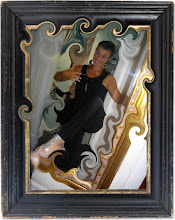








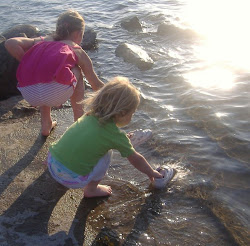


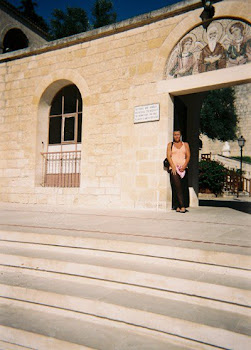








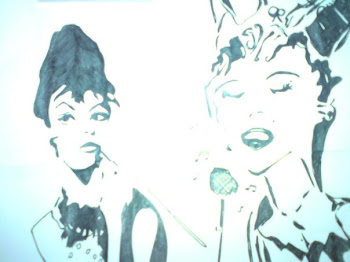
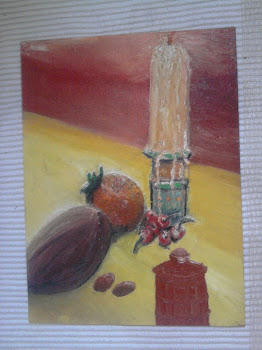





















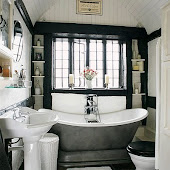








No comments:
Post a Comment